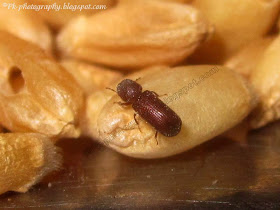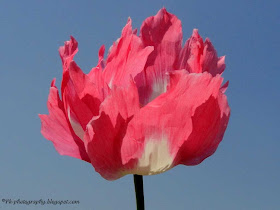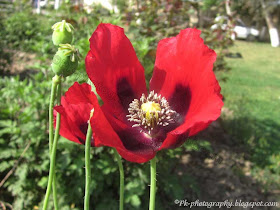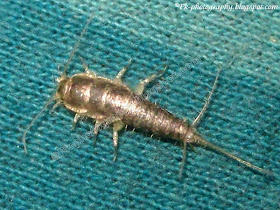The first draft of Hazara University (ہزارہ یونیورسٹی) Act was prepared by Higher Education Department, KPK and the University Grants Commission (Now Higher Education Commission) in 1995. Two years later, in 1997, the KPK Provincial Assembly passed Hazara University Act in 1997 and Lt. Gen. (R) Syed Iftikhar Hussain Shah Governor KPK took the bold step of establishing Hazara University in the Neuropsychiatry Hospital, Dhodial, Mansehra, in 2002.
The campus of Hazara University is situated 14 kilometres to the north of Mansehra town on the right side of Karakuram Highway in a serene, peaceful, rural, pollution free environment. The patches of the green pines across the sprawling campus enhanced its natural location and accentuate the harmonious calm of its location. The vast plain of Pakhal with its agricultural wealth irrigated by the River Siran and tea gardens surround the University. Towards the northeast the hills are covered with the dense forest and in the background far beyond the lofty peaks of the snow-covered mountains of Kaghan Valley add to its panoramic attraction. On the western, southern and the eastern sides the rolling ranges of the hills offer the captivating scene.
The gentle and the fresh wind blowing across the campus waft an invigorating freshness so conducive for learning environment.Hazara University with its immaculate natural surrounding appears to have a far superior location with a formative influence, which serves as the educator of senses and mind alike. The most famous and attractive summer resorts of Kaghan Valley, Galliyat and Siran Valley with fascinating mountains and hills are at a convenient distance of a few hours drive from the University Campus, linked with wide metal-roads. The transport facilities to these places of attraction are available at any hour of the day and night.
Source: www.hu.edu.pk
The campus of Hazara University is situated 14 kilometres to the north of Mansehra town on the right side of Karakuram Highway in a serene, peaceful, rural, pollution free environment. The patches of the green pines across the sprawling campus enhanced its natural location and accentuate the harmonious calm of its location. The vast plain of Pakhal with its agricultural wealth irrigated by the River Siran and tea gardens surround the University. Towards the northeast the hills are covered with the dense forest and in the background far beyond the lofty peaks of the snow-covered mountains of Kaghan Valley add to its panoramic attraction. On the western, southern and the eastern sides the rolling ranges of the hills offer the captivating scene.
The gentle and the fresh wind blowing across the campus waft an invigorating freshness so conducive for learning environment.Hazara University with its immaculate natural surrounding appears to have a far superior location with a formative influence, which serves as the educator of senses and mind alike. The most famous and attractive summer resorts of Kaghan Valley, Galliyat and Siran Valley with fascinating mountains and hills are at a convenient distance of a few hours drive from the University Campus, linked with wide metal-roads. The transport facilities to these places of attraction are available at any hour of the day and night.
Source: www.hu.edu.pk
Hazara University Mansehra
 |
| Main Gate |
 |
| Inauguration Stone |
 |
| Administration Block |
 |
| Guest House |
 |
| General Purpose Hall |
 |
| A Burned Boy Hostel |
 |
| A View of Rose Garden and Girl Hostel |
 |
| Conservation Information Center |










































